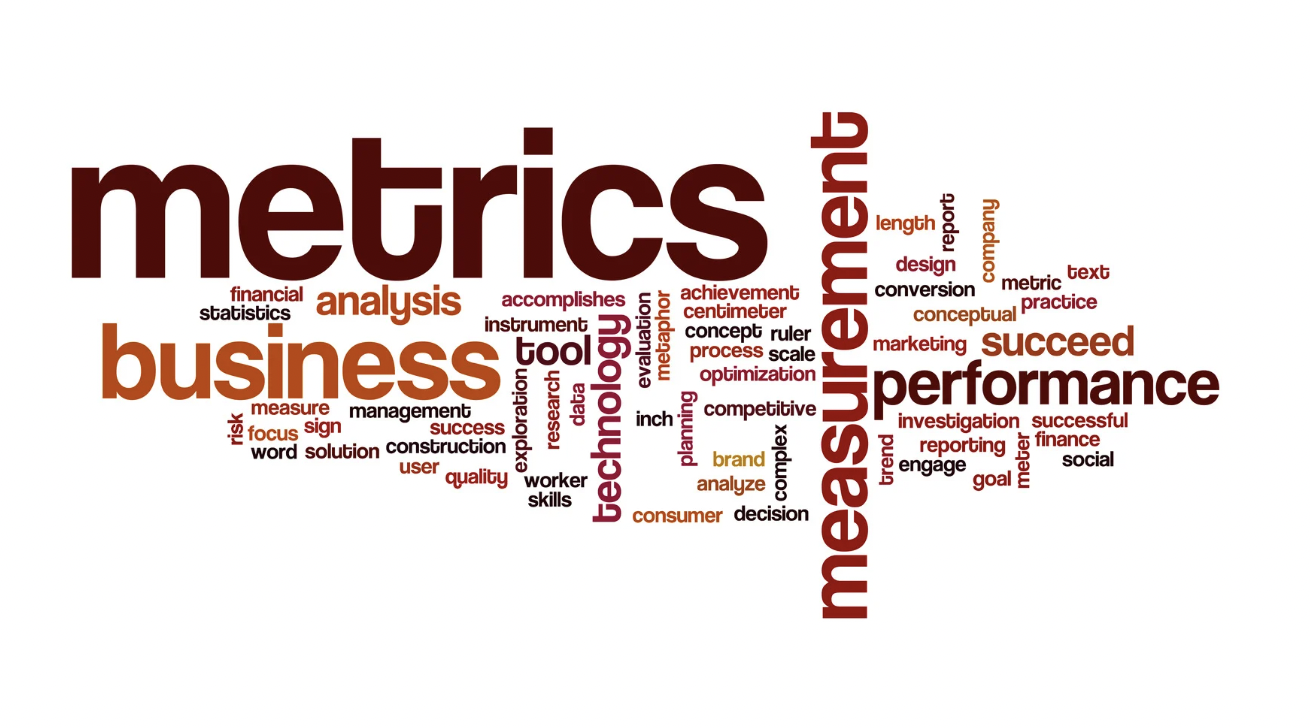How to Turn Your Campaign Vision into Strategic Action
What makes a campaign successful isn’t just the story you tell…
It’s how, when, and to whom you tell it.
Even with a compelling case, aligned leadership, and a strong pool of prospects, campaigns can lose traction without a coordinated plan.
Fueled by passion, nonprofit leaders often leap into a campaign only to be tripped up by questions around timing, sequencing, or messaging. Without a clear strategy, even the best efforts can feel chaotic.
After conducting hundreds of Planning Studies, we’ve seen what distinguishes successful campaigns from stalled ones: a strong plan. That’s why we consider the campaign plan the final essential element—and why the Planning Study plays such a critical role in shaping it.
The Planning Study isn’t just a readiness test; it’s the foundation for your campaign strategy. It helps you tell the right story, to the right people, at the right time.
In this final article of our Planning Study series, we’ll explore:
- How a study informs the campaign plan,
- Why sequencing matters,
- How early momentum builds confidence, and
- Why a campaign plan is more than just a calendar—it’s a roadmap and a tool for navigating change.
From Possibility to Precision: How the Study Shapes the Plan
By the time a Planning Study concludes, you’ve moved from theoretical to practical. You’ve tested your case, engaged key stakeholders, identified early champions, and begun to understand how your story is landing with prospective donors.
Through those donor conversations and leadership interviews, the study uncovers the core building blocks of your campaign strategy:
- Likely early supporters—including potential lead gift prospects
- Internal champions and top candidates for campaign leadership
- Messages that resonate—and those that need refinement
These insights inform who to enlist, who to ask first, and how to begin sequencing donor engagement. The Planning Study won’t give you a fully mapped path from start to finish—but it does provide a well-informed foundation. It brings clarity to where and how to begin, while equipping you to pivot as donor relationships evolve, timelines shift, or new opportunities emerge.
With this in hand, your campaign plan transforms from guesswork into strategy.
Momentum Matters: Early Wins Build Confidence
A well-planned campaign starts with early wins—and not just in dollars raised. When executed intentionally, the early stages of a campaign build clarity and confidence among those closest to the work. Internal leaders understand their roles, staff feel equipped, and the team begins to operate with shared purpose.
The Planning Study helps surface individuals who are not only capable of giving, but ready to lead. Engaging these champions early—and with the right ask—sparks momentum that reinforces the campaign’s direction and energizes everyone involved.
And that momentum isn’t just for show. Early wins validate the effort, build internal belief, and provides the fuel essential to sustain progress over the long haul.
Sequencing Isn’t Just Strategy—It’s Stewardship
Campaigns don’t start with a megaphone—they start with a conversation. A well-developed plan unfolds in thoughtful phases: building trust, securing early and leadership gifts, and laying the groundwork for the broader effort to follow.
The Planning Study helps you identify where to begin. It clarifies which donors are ready for a leadership-level ask, who needs further cultivation, and who may be well-positioned to serve in a leadership role. With this insight, your campaign moves outward from a strong center—anchored by early champions and fueled by intentional sequencing.
That sequencing isn’t about rigid order. It’s about stewardship. It ensures every donor is engaged at the right time, in the right way, and with the right message. And while campaigns rarely follow a perfect path, a strong plan gives your team the tools to adjust along the way—without losing momentum or alignment.
More Than a Timeline: The Plan Is Your Communication Roadmap
Campaign planning is often mistaken for logistics—calendars, events, and dollar goals. But a strong campaign plan goes deeper. It functions as a communication roadmap that guides the right messages to the right people, in the right way, at the right time.
With a strong plan in place:
- Your story remains clear and consistent across all touchpoints
- Campaign leaders know when to engage, who to engage, and how to communicate the right message
- Messaging evolves strategically as the campaign progresses
When internal alignment is strong, external communication feels seamless. Donors experience coordination, care, and clarity. And when the unexpected happens—as it always does—a well-informed team can pivot with confidence rather than scramble in confusion.
The Planning Study: Strategy Starts Here
A great campaign isn’t improvised—it’s orchestrated. And the campaign plan is where everything finally comes together. It’s where the case, the leadership, and the prospects become more than just inputs—they become a coordinated strategy.
But that doesn’t mean every step is locked in from the start. Campaigns are living, evolving efforts. Donor plans shift. Projects are refined. New opportunities emerge. The Planning Study equips you with a foundation strong enough to build on—and flexible enough to adjust when the path forward bends.
Rather than guessing your way through the campaign, you move with clarity. Rather than wondering who should go first or when to ask, you already know where and how to begin. That’s the power of a Planning Study. It doesn’t just tell you if you’re ready—it helps you be ready.
The Planning Study gives you more than insight—it gives you the tools to act on that insight, turning possibility into a well-timed plan. At Mission Advancement, we help nonprofits develop campaign strategies rooted in real data and donor feedback—because success shouldn’t be left to chance.
Wondering whether a Planning Study is the right next step for your organization? Start with our free Campaign Readiness Assessment. It only takes a few minutes and can help you determine if your team is prepared to move forward with clarity and confidence.



